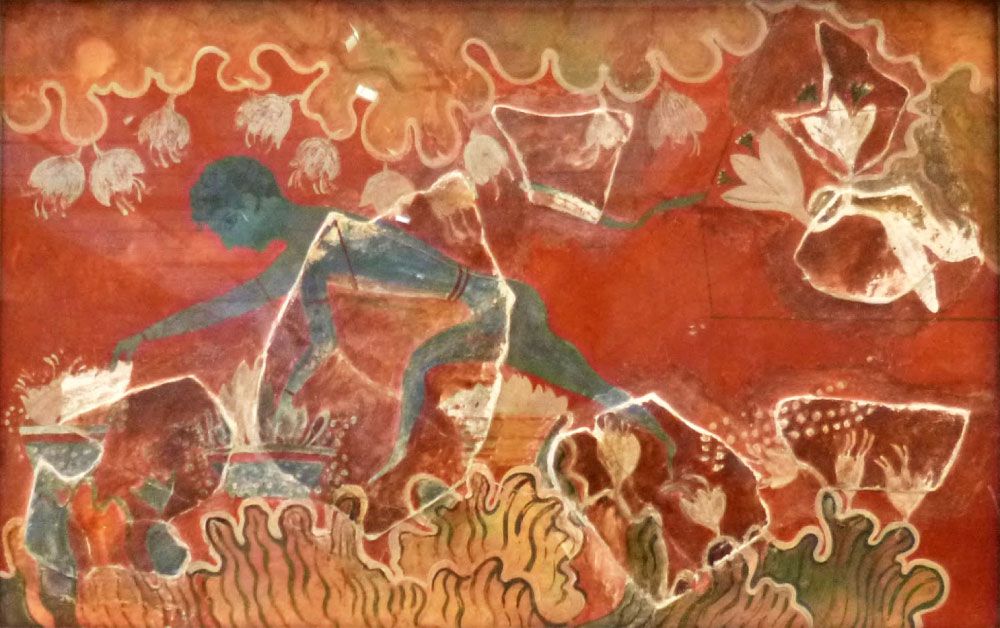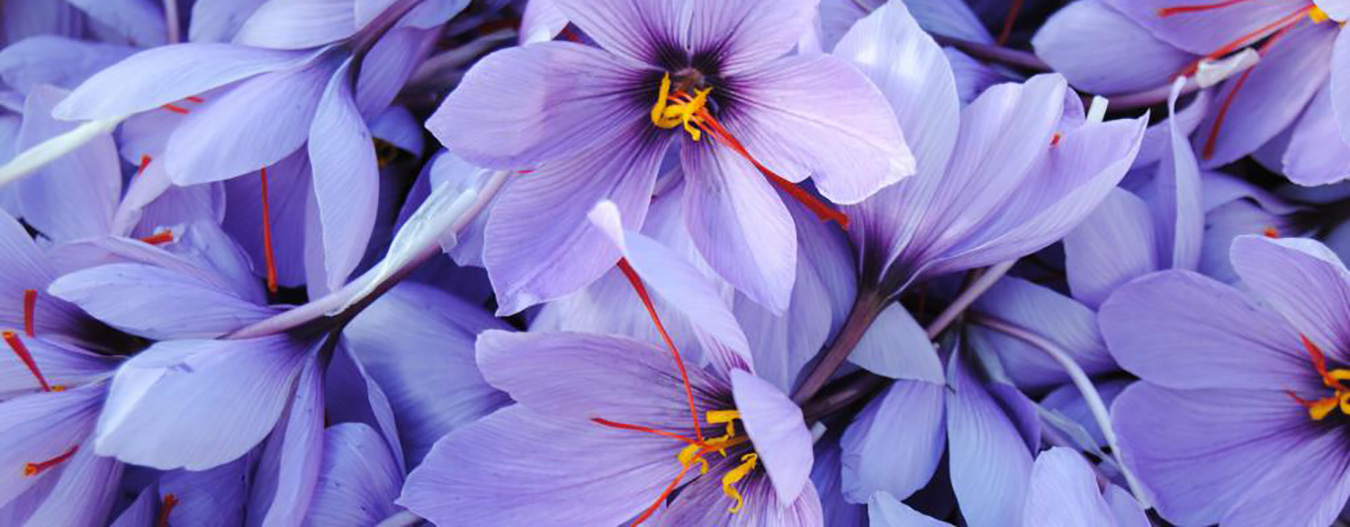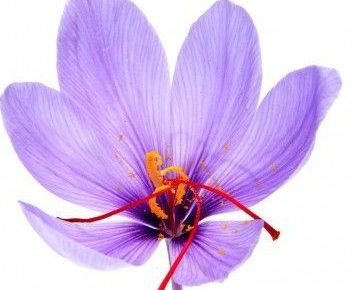Saffron History
Iranians have played a major role in introducing saffron and the culture of planting and using it to ancient peoples and nations especially after Islam. Saffron has originated in Iran.
The Persian name “Kurkum” has been transferred to other languages, and the Arabic name “Za’farān” has been spread among different nations by Muslims.
The first saffron farms of the world were created by Iranians in the ancient Median state in the Alvand areas and skirts of The Zagros Mountains, and were later extended to other regions of Iran, which were appropriate for saffron cultivation.
According to historical evidence, Iranians have always been the largest saffron producer in the world from ancient times until now. In ancient times, while exporting saffron to many parts of the world, they introduced its properties to Greeks, Romans, Indians, Chinese, and Arabs.
After the advent of Islam, they taught the culture of saffron cultivation and the method of harvesting it to Muslim nations. Families like The Rostamians and Banutabaris have played a significant role in the cultivation of saffron first in the Levant and then in North Africa, Andalusia (Muslim Spain), and Sicily.

From among the applications of saffron for eating purposes during the Achaemenid, Parthian, Sassanid, and subsequent eras, we can refer to different types of breads, cookies, saffron drinks, faloodeh, rice dishes, halvas, confections, types of Masqati, and ice cream.
Saffron was also used as perfumes and incense due to its pleasant color and aroma, which can clearly be found on an inscription in Persepolis. It was also used in cosmetic oils, hair dyes, body washing, fiber and garment dyeing, finishing and polishing pieces of skin for writing on them, producing pieces of colored paper, and producing ink for writing.



